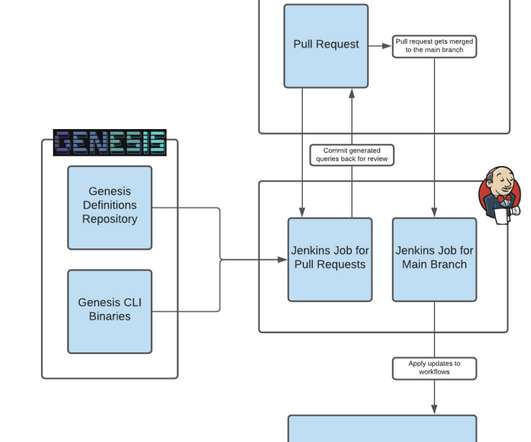Building Netflix’s Distributed Tracing Infrastructure
The Netflix TechBlog
OCTOBER 19, 2020
Our tactical approach was to use Netflix-specific libraries for collecting traces from Java-based streaming services until open source tracer libraries matured. We chose Open-Zipkin because it had better integrations with our Spring Boot based Java runtime environment. Stream Processing: to sample or not to sample trace data?













Let's personalize your content